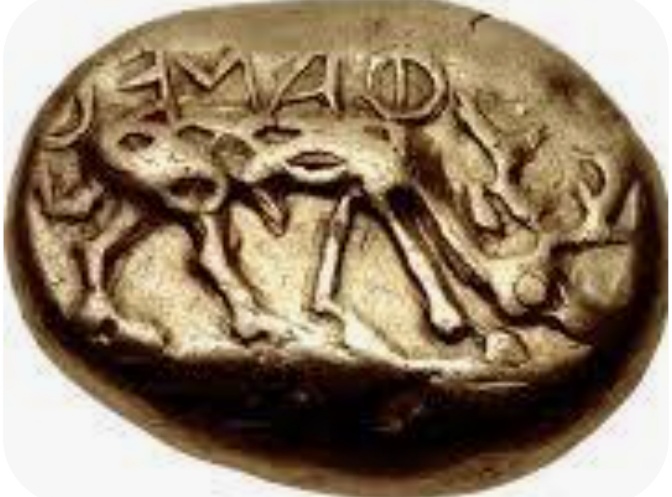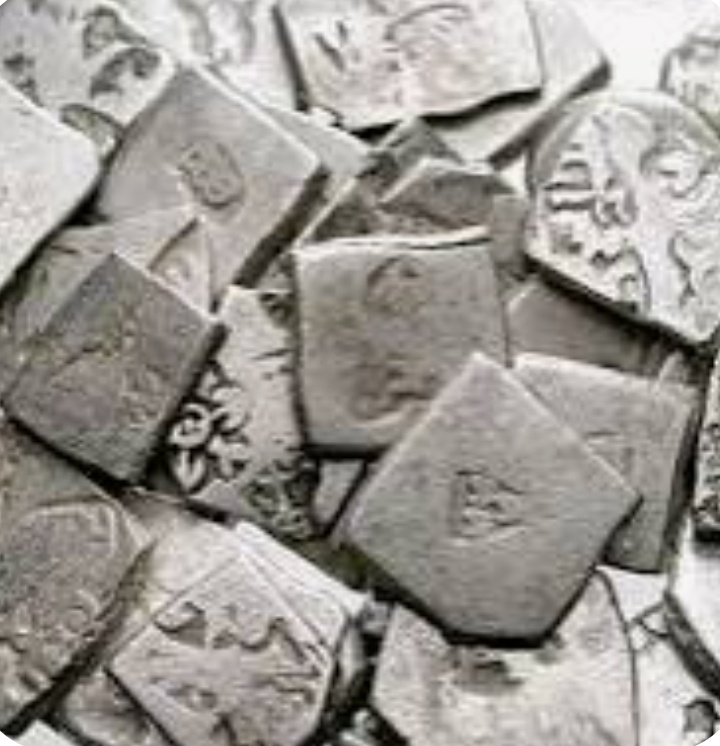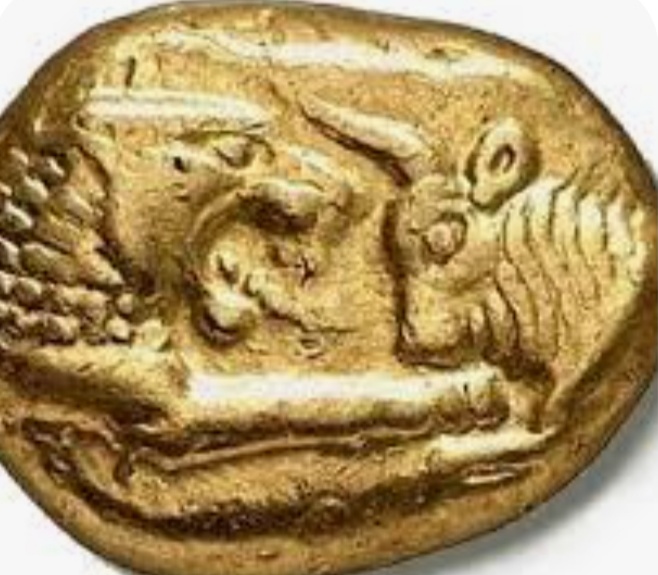The history of money: How currency evolved from pelts to paper
Edited by: Brad Hanson
The first metal coins date back to the 7th century BCE in Lydia (modern Turkey) and China. In China, metal coins were made of bronze and shaped like farming tools. In Lydia, coins were made of an alloy of gold and silver called electrum.

Lydian staters were the first coins to be officially issued by a government body. Early iterations of coins were also used by ancient Greeks, starting in the late 7th centu BC.
The first paper money was created in China during the Song Dynasty in the 11th century CE. Trade played a huge part in its creation. For hundreds of years before the invention of paper money, bronze and copper coins were the main currencies in China. As international trade increased, the weight of carrying these coins became a barrier.

Around 900 CE, merchants trying to get around the weight issue of carrying coins began trading transaction receipts. Early Song authorities gave a few shops a monopoly on issuing these deposit receipts. Eventually, in the 1020s, the government took over and began issuing the receipts as the first official paper money.”

Many of these banking operations originated in regions of Italy, including Venice, Florence and Rome. Over time, these services converged with the onset of modern banks.
.
The history of money can be traced back thousands of years. The barter system likely originated 6,000 years ago. The first coin we know of is from the 7th century BC and the first paper money came into the world around 1020 AD. Eventually, medieval banking systems gave way to the gold standard, which in turn gave way to modern currency.
The history of money is fascinating and goes back thousands of years. From the early days of bartering to the first metal coins and eventually the first paper currency, money has always had an important impact on how we function as a society.
In this guide, we’ll cover the history of money and how human beings have advanced from using a barter economy to a complex financial system with several forms of currency.
The impact of money throughout history
What’s next: How can I manage my money?
What is money?
Money often has no intrinsic value. Instead, money is an object with a value placed on it, allowing for the trade of goods and services. Some money, such as metal coins, has actual value in terms of the materials used. However, even these currencies derive their monetary value more from the faith people in a society put in them. Throughout the evolution of money, currencies have taken several different forms.
When was money invented?
The earliest evidence of money comes from around 3,000 BC in ancient Mesopotamia (modern-day Middle East). Citizens would draw agricultural symbols on clay tablets to represent debts. This is the first time in history we’re aware of people using a symbolic representation of value rather than a physical exchange, as in a barter market system.
History of bartering
Before the invention of money, people traded goods and services using the barter system. One farmer might trade livestock for vegetables, while another may trade labor or lumber for livestock. These transactions were the early building blocks of our modern economy and would go on to create the future of money the world knows today.
The history of bartering dates back to 6000 B.C. when Mesopotamian tribes introduced the concept to the Phoenicians. Goods were exchanged in the absence of money, including things like tea, salt, weapons and food. As time went on, bartering continued to evolve, with Colonial Americans trading pelts, crops and muskets.
First metal money — coins
The first metal coins date back to the 7th century BCE in Lydia (modern Turkey) and China. In China, metal coins were made of bronze and shaped like farming tools. In Lydia, coins were made of an alloy of gold and silver called electrum. Lydian staters were the first coins to be officially issued by a government body. Early iterations of coins were also used by ancient Greeks, starting in the late 7th century BC.
first-metal-money
Lydia stater coin, believed to be the first coin
First paper money
The first paper money was created in China during the Song Dynasty in the 11th century CE. Trade played a huge part in its creation. For hundreds of years before the invention of paper money,


